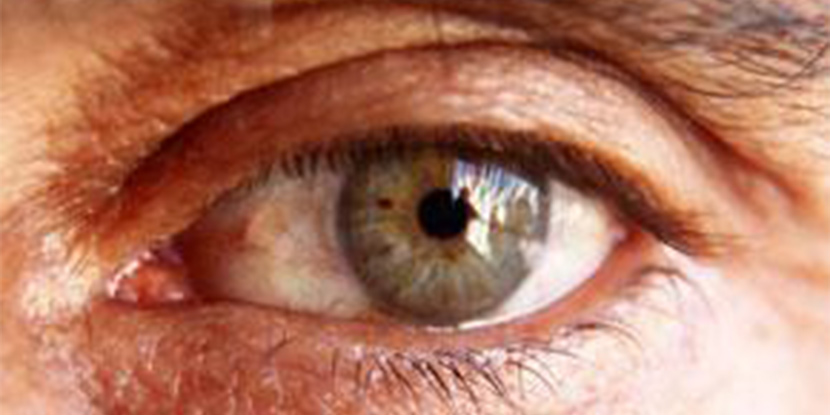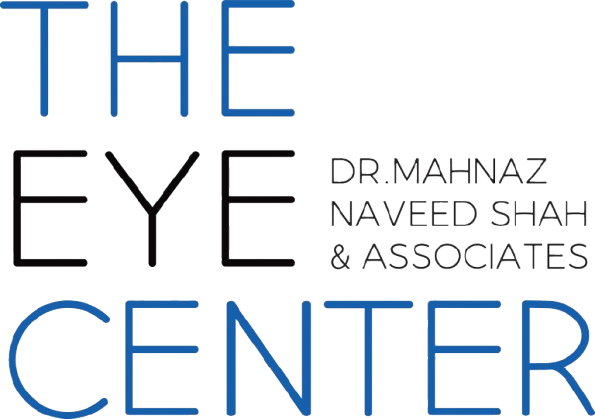A condition known as macular telangiectasia (MacTel) that affects the macula results in loss of central vision. When the tiny blood arteries near the fovea have issues, MacTel develops. For tasks like reading, the fovea in the macula’s center provides the clearest central vision.
There are two varieties of MacTel, Type 1 and Type 2, and each has a unique impact on the blood vessels.
Small blood vessels around the fovea develop abnormally and may enlarge (widen). There is no known cause of MacTel. Under the retina, new blood vessels can occasionally develop. We refer to this as macular neovascularization. These blood arteries either bleed or leak liquids. Your central vision is impacted when the macula swells or thickens due to fluid from leaking blood vessels. Also, tissue in the macula or the fovea may thin out or form a scar, causing loss of detail vision. Both eyes are impacted by type 2, but not usually to the same degree.
Individuals with MacTel will not exhibit any symptoms in the early stages.
You can experience blurred, distorted, and lost center vision as the condition worsens. To read or do other tasks, you might require better lighting. The loss of central vision worsens during a 10 to 20 year span. Both side vision and absolute blindness are typically unaffected by MacTel.
Regular eye exams are crucial because MacTel has no early indications. This makes it feasible for your ophthalmologist to find any macular issues as soon as possible.
The majority of Type 2 MacTel cases are middle-aged people. Equally affected are males and women. You may be more vulnerable if you have diabetes or high blood pressure. There might be a genetic predisposition because the condition appears to run in some families. This still needs further explanation. Most of the time, the disease has no identified cause.
Coat’s disease is related to type 1 MacTel. This is an uncommon eye condition that affects only males virtually exclusively and is present from birth. Around age 40, type 1 MacTel is typically detected.
The macula’s center may include tiny, thin crystals, according to your ophthalmologist. This is a MacTel indicator. They might also discover pigment aggregates, aberrant blood vessels in the macula’s center, lipid (fat) deposits, and macula discolouration.
Your eye doctor will first thoroughly evaluate your vision.
This will involve assessing your central vision using an Amsler grid to look for any wavy or dark areas. Your pupils will then be dilated (made wider) by the doctor using eye drops. They will use an ophthalmoscope to examine your eyes. He or she can view the retina and other areas of the back of the eye.
If your ophthalmologist thinks you could have MacTel, he or she will frequently take special photographs of your eye. Fluorescein angiography (FA), optical coherence tomography, and OCT angiography will be used by the physician to examine them.
OCT scanning creates images of the retina’s underlying structure using light. The retina’s thickness is visible in these photos. Your ophthalmologist can use them to spot edema and unusual blood vessels.
A yellowish dye is injected into an arm vein during FA. Your eyes and the rest of your body are exposed to the dye. As the dye travels through your retinal blood vessels, FA takes pictures of them. The dye draws attention to abnormalities. FA is frequently repeated on occasion, particularly if eyesight is deteriorating.
The blood vessels inside and beneath the retina can also be seen clearly in close-up images taken by optical coherence tomography angiography (OCTA). There is no dye used, unlike fluorescein angiography.
Numerous MacTel therapies have been tested by researchers throughout the years. None has demonstrated to materially enhance vision. Most people might not require therapy because the prognosis for the illness is generally favorable.
Laser treatments could in some circumstances help stop leaky vessels. Due to possible negative side effects, this treatment is less popular. In some cases, ophthalmologists may administer injections of steroids or other medications to treat MacTel.
A significant side effect of MacTel is the development of aberrant blood vessels beneath the retina. Choroidal neovascularization is the term for this. Vascular endothelial growth factor inhibitor injections (anti-VEGF) may be helpful.
Anti-VEGF medication targets an eye chemical that leads to the development of aberrant blood vessels behind the retina. Vascular endothelial growth factor, or VEGF, is the name of that substance. These injections aid in reducing edema by slowing the flow of blood and aberrant blood vessel development. In some circumstances, this therapy might even help you see better.
Unfortunately, occasionally medical intervention does not seem to be very helpful. Clinical research is being conducted to learn more about the disease and find potential effective treatments.
People with MacTel can maximize their remaining eyesight with the aid of low vision devices.
At The Eye Center- Dr. Mahnaz Naveed Shah & Associates our team of eight ophthalmology subspecialists/ eye specialists, eye surgeons who are considered amongst the very best eye specialists in Karachi and in Pakistan, have the diagnostic and treatment capabilities to treat from the simplest to the most complex patients. We work hard to provide our patients with the best possible medical and surgical eye care, in a state of the art purpose built eye care facility. We offer the entire array of medical, laser and surgical treatments to help provide patients the best possible care in the most efficient, safe and ethical manner.
If you need an appointment, please contact us at 03041119544 during our working hours or leave us a WhatsApp message at +923028291799 and someone will connect with you. Walk-in appointments are also available for emergencies. We can also be reached through our web portal on www.surgicaleyecenter.org

